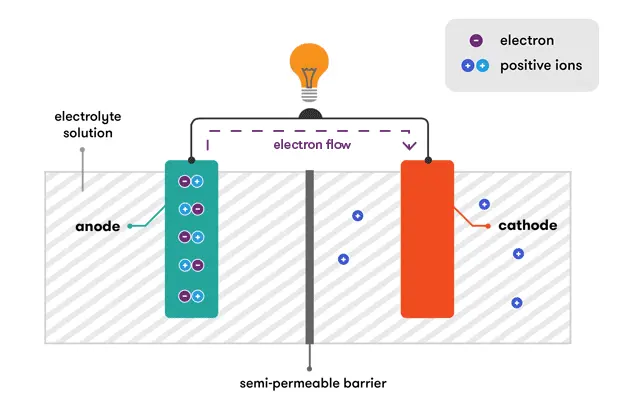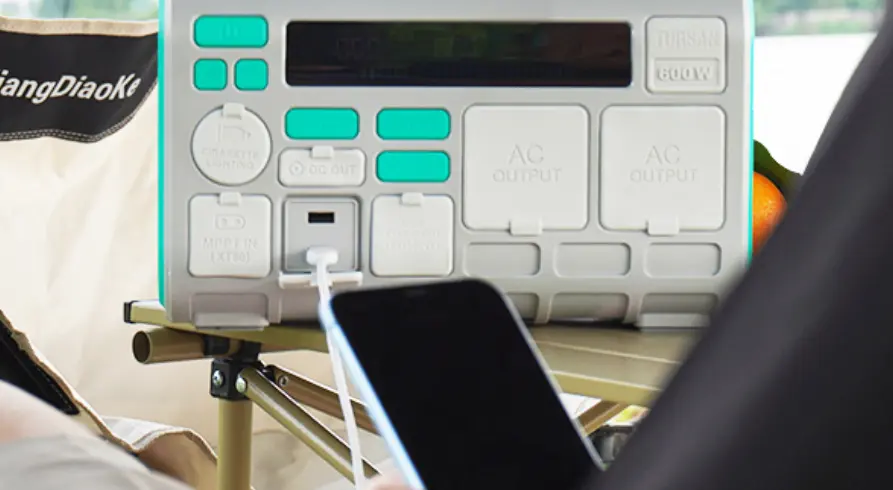Lithium-ion batteries operate through a fascinating and reversible electrochemical process.
The essential components of a lithium-ion battery are a positive electrode (cathode), a negative electrode (anode), and an electrolyte. The cathode, commonly composed of materials such as lithium cobalt oxide (LiCoO₂), lithium nickel manganese cobalt oxide (NMC), or lithium iron phosphate (LFP), plays a crucial role in the battery’s performance. On the other hand, the anode is often fabricated using graphite.

During the charging phase, lithium ions are driven from the cathode towards the anode via the electrolyte. This movement of ions is facilitated by an external power source. As the ions accumulate in the anode, the battery stores energy.
Conversely, when the battery is discharging, the process undergoes a reversal. Lithium ions journey back from the anode to the cathode, generating an electric current that powers the connected device.
Let’s take a look at some practical examples. In a common mobile phone, when you plug it in for charging, lithium ions are compelled to enter the graphite anode. Subsequently, when you utilize the phone, these lithium ions flow back to the cathode, supplying the necessary energy to keep the device functioning. Another illustration can be found in electric vehicles. The charging and discharging of the lithium-ion battery pack powers the vehicle’s motor, allowing it to move smoothly on the road.

It’s important to note that the key factors influencing the performance and lifespan of lithium-ion batteries include the quality of the materials employed, the design of the electrodes, and the efficient management of the charging and discharging procedures. Unfavorable charging practices, such as overcharging or using incompatible chargers, along with exposure to extreme temperatures, can have a detrimental impact on the battery’s overall performance and longevity.
In conclusion, understanding the working mechanism of lithium-ion batteries is crucial for their proper usage and the development of more advanced and reliable energy storage solutions.